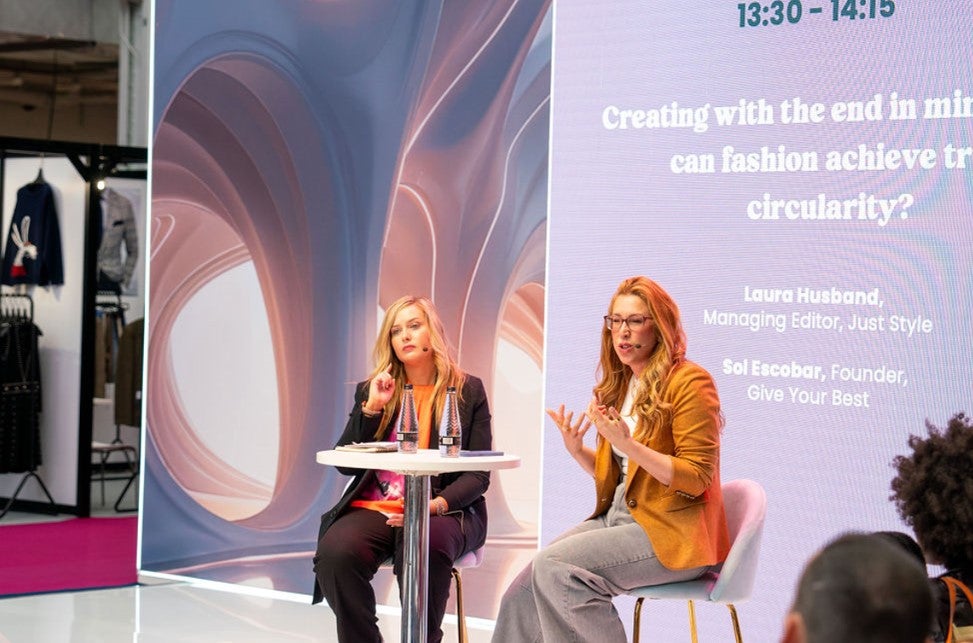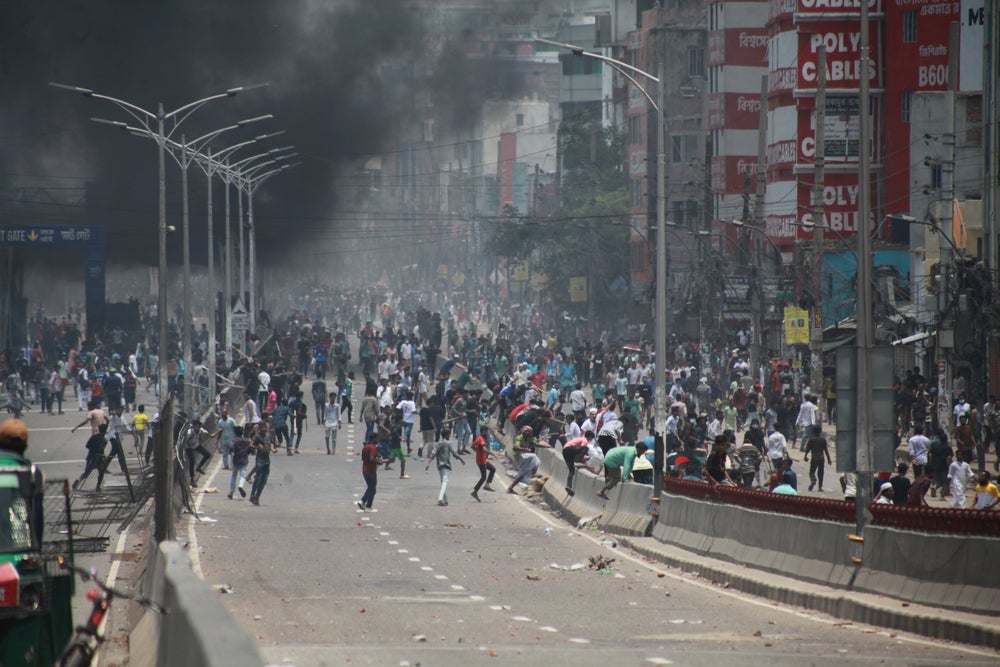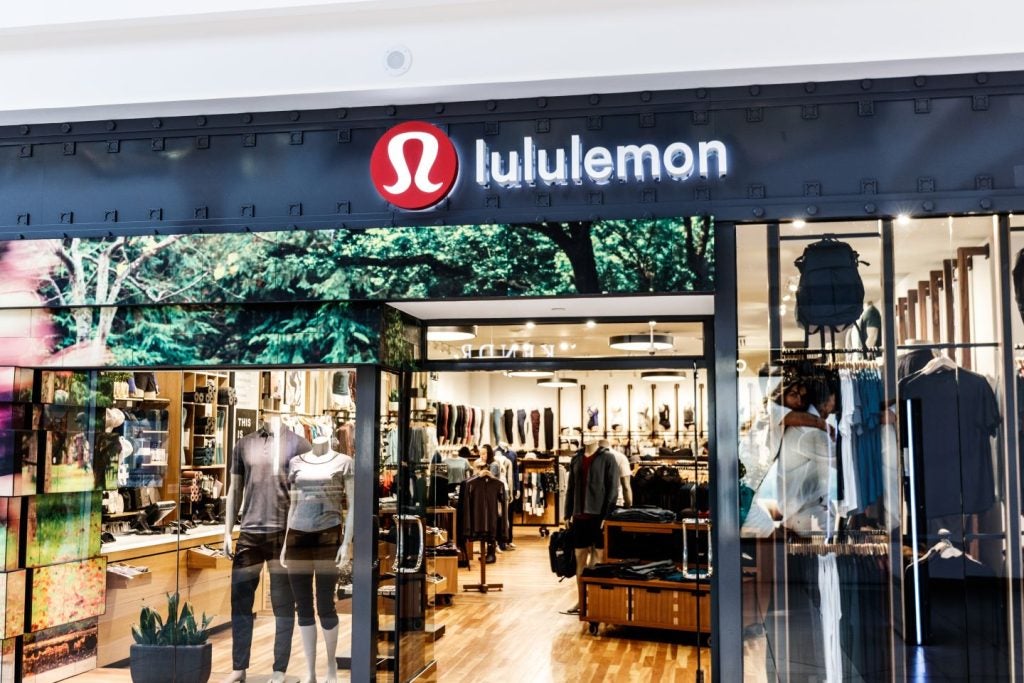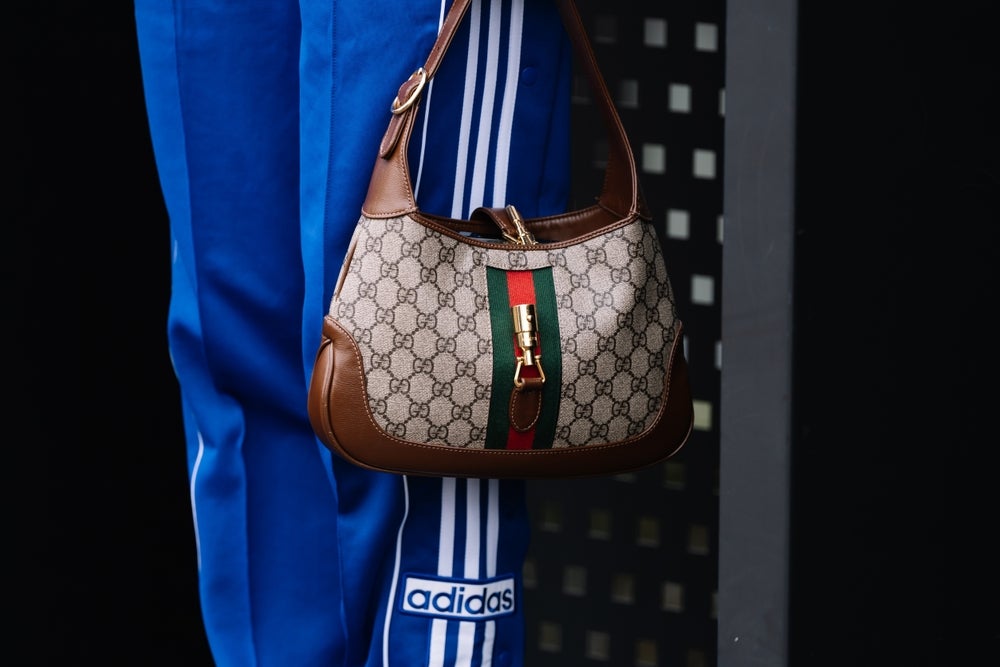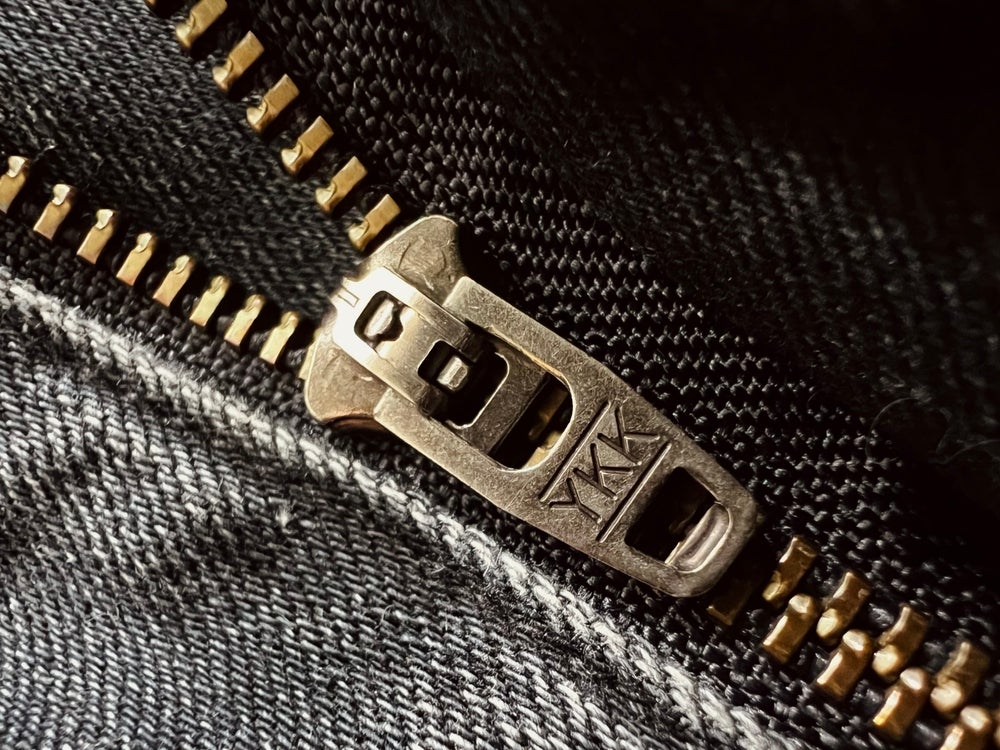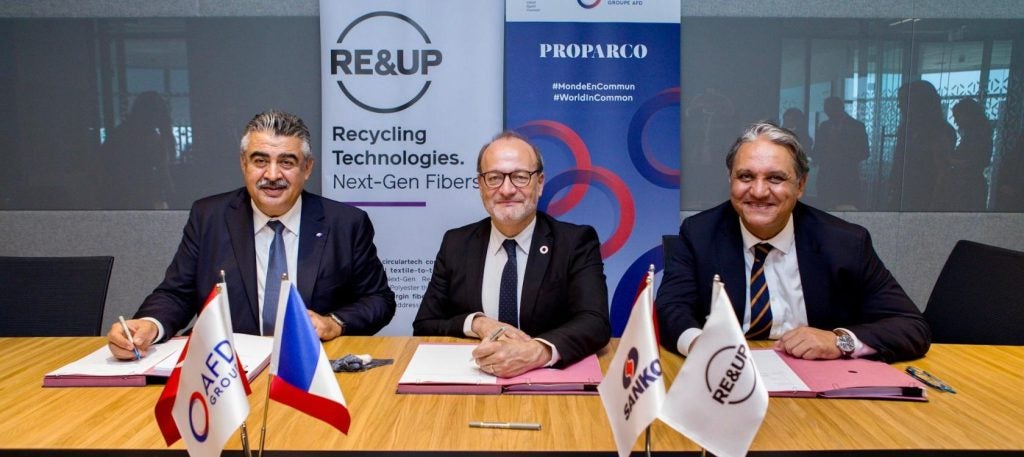In the UK alone there are 5.5m people living in clothing poverty and at the same time £140m ($181.26m) worth of clothing is being thrown away, according to Sol Escobar, the founder of tech for good social enterprise, Give Your Best.
She stated: "This means we could be dressing every person in need 15 times over with the clothing that ends up in landfill and we could be solving two issues with one approach."
During a live fashion circularity discussion at the Source Fashion trade show in London, Escobar was keen to share the countless benefits of bringing social responsibility into the environmental fashion circularity debate.
Escobar started Give Your Best because she felt there was no "systemic solution" available to bridge the gap between those in clothing need and clothing that ends up in landfill.
She describes Give Your Best as "the first ever" platform where people, brands and retailers can donate clothes so that communities living in clothing poverty can shop online for free."
And she sees her company as a "Vinted for Good" that can keep wearable but unwanted clothes in the value chain for longer.
When quizzed on whether all fashion brands should be designing clothes with the end of life mind, she replied confidently: "Yes, absolutely" before sharing that her initiative has partnered with several fashion brands that aim to 'design for waste reduction' in their business model.
She noted this can be achieved by firstly designing clothing that can be worn for as long as possible: "What that means is that you can extend the lifestyle by resale, repair or in our case via redistribution, which is where an item goes on to have a social impact after it has been sold and resold a couple of times."
She added: "The other way that most brands usually tackle the waste problem is by designing the textiles in a way that can be recycled."
Designing with the end in mind is still a relatively new way of thinking for fashion designers.
The sustainability lead of UK fashion retailer N Brown Group, Joseph Mountain, said at the time his company had already initiated circular design projects and workshops using the toolkit and it was giving his team a better understanding of how to “integrate circular design into the product lifecycle".
Why does social responsibility need to be added to the fashion circularity debate?
The fashion sector is very familiar with the term ESG, which stands for environmental social governance and brands are eager to have a positive impact on both the environment and wider society, but Escobar was keen to make the audience aware that the social impact can be both positive and negative.
Unfortunately, she explained: "A lot of the fashion industry has a negative impact on society in many different ways, but for this conversation we'll focus on the negative impact in terms of waste specifically.
"Step by step and little by little solutions like ours mean brands can start putting their weight behind the 'S' in ESG and soon enough most brands will have to," she said frankly.
Can tackling clothing poverty help to reduce textile waste?
Escobar believes we need more solutions and collaborations to ultimately reduce the amount of goods that end up in landfill in the long-run.
She is proud that Give Your Best is offering an innovation in this field but was quick to point out more organisations and fashion brands will need to do something similar to really "make a dent" on this global issue.
When pressed on the challenge of getting more help from fashion brands, she admitted it's harder to sell the concept to brands than fashion consumers.
"When we tell consumers about the option of donating clothing via our platform where they can make a difference in a person's life with a jumper they never wear, it's such a common sense thing to do that a lot of people want to get involved.
"But, most traditional business models for brands are not really set-up for being responsible for their waste as it hasn't historically been that way."
Can textile waste legislation boost fashion circularity?
The crux of the issue is the fact we don't have the legislation in place yet: "The moment there is the legislation and therefore the incentive for brands to do the right thing that's when we're going to see real change," she asserted.
The rules will also mean EU countries will need to offer separate collections of textiles for reuse, preparing for reuse and recycling.
EU rapporteur Anna Zalewska explained in February, which was when MEPs voted in favour of adopting a proposed revision of the Waste Framework Directive, that the EU parliament is also requesting a textile waste reduction target with an oversight of exported used textiles.
She said: “Better infrastructure to increase separate collection should be complemented by sorting mixed municipal waste more efficiently, so that items which can be recycled are extracted before being sent to the incinerator or landfill.”
What's next for Give Your Best?
Give Your Best is a relatively new initiative that is only a few years old, however it has already had over 50,000 items donated and it is supporting over 4,000 UK families at the moment with the need growing all the time.
The initiative has been approached by both individuals and brands in other countries wanting to send items, but Escobar noted increasing the carbon footprint by sending goods from elsewhere defeats the point of combatting clothing poverty and environmental sustainability at the same time.
The initiative's goal is to work within local communities to solve their problems and let them choose via the platform the items they actually need and want in more of a shopping-style format.
Escobar's overall mission is to give people empowerment, dignity and choice but that means she's keen for consumers to provide unwanted items that are still of good quality and worthy of being added to a resale website, for example.
She urges consumers to never throw their clothing away and argues they can easily donate items to the platform which is easy to use: "They just take a picture of the item, upload it to the platform and then it gets shopped for free and the consumer sends it to their new home".
Plus, consumers can donate clothes to local charity shops and scraps of old clothing to local animal shelters for bedding.
But, she added the kudos now given to resale has led to charity shops becoming trendy places to shop, which has driven prices up and has arguably made them less accessible to those in real need.
Overall, this means there's even more demand for initiatives such as Give Your Best to expand both across the UK and internationally to provide an alternative way for fashion brands and consumers alike to keep fashion goods in the supply chain for longer while tackling society's wider problems.


